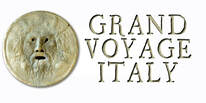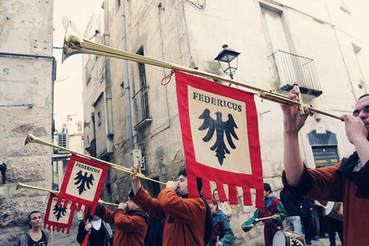 Every year around this time, the town of Altamura in the Alta Murgia region of Puglia settles down to bed in the 21st century and awakes the next morning in the Middle Ages. The Federicus Medieval Festival is a historical re-enactment dedicated to Frederick II of Swabia who stopped in Puglia during his return journey after the Crusades. In 1232 Frederick II decided to have a cathedral built, around which the town center developed. Held this year from April 28th through May 1st, the festival consists of an historical parade with jugglers, jesters, street performers, flag bearers, and of course, medieval ladies and gentlemen, ancient music and of course, food. Frederick II was heading towards Bari to sail to the Holy Land, and needed to leave some of his soldiers suffering from malaria in Altamura. Miraculously, they were healed. To celebrate the miraculous recovery, the Emperor had a cathedral built in 1232. Opposing this legend, what the Emperor really wanted was to build a church to obtain the benevolence of Pope Gregory IX (who had previously excommunicated him) in a city with a strategic position within the Pope's beloved Apulia. When visiting Altamura, don't forget to sample their amazing Pane di Altamura, a wonderful, tasty bread that can stay fresh for up to a month! For more info: Federicus Festival The Ferrari 250GT Cabriolet is technically a 1961 model, but it was developed and built at the end of 1959. Because of the timing, it allowed Ferrari to incorporate four-wheel disc brakes and engine lessons learned from the legendary Ferrari 250 Testa Rossa race car. It’s a more plush and powerful version of the 250GT California Spider. Only 200 examples were built, and this particular car underwent a total restoration after it was exported to the United States in the 1970s. The 1964 Ferrari 250GT/L Berlinetta Lusso was the last model in the famous 250GT line, incorporating as many chassis upgrades and luxury features as Ferrari could stuff under its sensual, Pininfarina-Scaglietti body. There were only 350 built, with this particular car imported new to the United States, where it spent its entire life with an odometer reading of just over 44,000 miles. This 1931 Bugatti Type 55 is the first Type 55 in existence and was owned by the Duc de la Trémoille of the French nobility. It won the 1947 Rally des Alpes—a four-day, 1035-mile race. This 1954 Ferrari 500 Mondial Spider originally sold in Europe and raced extensively between 1954 and 1956 by its first two owners. This car has resided in the United States almost exclusively since the mid-1960s. Original to this car, its 170-hp 2.0-liter inline-four is more or less a copy of those engines that powered Alberto Ascari to Formula 1 championships for Enzo Ferrari’s team in 1952 and 1953.
 When considering a visit to the Sistine Chapel and Vatican Museum tour, perhaps you've had doubts about the long lines, heat, the expense, hours on your feet slugging through the 5 miles of museum corridors, shoulder-to-shoulder with the cruise ship tour groups, trying to soak in all of the Sistine Chapel's majesty within the 10 minutes they allow... well, you may now have a serious option for enjoying the art of the Master in a unique and new way... Artainment Worldwide Shows, along with the expertise of the Vatican Museums, have produced Giudizio Universale's Michelangelo and the Secrets of the Sistine Chapel. The multimedia and live performance show aims to be an important event for art lovers and will be a must-see for the millions of Italian and international visitors who place Rome and the Vatican Museum at the top of their Must See List. Conceived by Marco Balich, the show is the first example of an innovative format that combines the narrative of the origin of a masterpiece with the most sophisticated and technologically advanced instruments of live entertainment. For this project, Marco Balich has collaborated with world-renowned musician Sting, who composed the original theme music. The other names of the cast are stunning: the voice of Michelangelo will be by Pier Francesco Favino (known for the Disney fantasy “The Chronicles of Narnia – Prince Caspian” and the collaboration with the Oscar-winning director Ron Howard’s “Rush” and “Angels and Demons”). Together with the original theme performed and arranged by Sting, there will be new music composed by John Metcalfe, a leading figure in the contemporary pop-rock scene and producer of artists such as Morrisey, Blur and Coldplay. The show explores more than just the Sistine Chapel, but the history and works of the Master himself--Michelangelo and the 16th century Renaissance. The show is a mix of art history, theatrical performance, both photographic and physical special effects, words, images, dance and music. 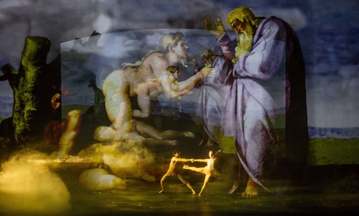 The most impressive thing about the production are its 270° immersive projections, together with larger-than-life stage effects and live performances similar to Cirque du Soleil acrobatics. During a 60-minute show, spectators will follow the story of the origin of Michelangelo’s masterpiece, from Giulio II‘s commission of frescoes of the vault to the realization of the Universal Judgment, through a reenactment of the Sistine Chapel as the place for the papal election. Through the storytelling about Michelangelo, modern special effects will animate the frescos of the Sistine Chapel to end with the wonderful Universal Judgment that will come to life throughout the space around the public. A new chapter of the Italian cultural offering, Giudizio Universale is a long-term project with a typical Italian style. It will run from March 15, 2018, at the Auditorium della Conciliazione in Rome. The audience will be able to choose to attend the show in Italian or in English (starting March 24). Let's hope that the production draws away some of the crowds that are overburdening the Vatican Museum itself... and that the Vatican helps to publicize the show. It's become obvious the Vatican has oversold both the Museum and St. Peters Basilica with a fear that they are destined to become a tourist destination with as little passion and meaning as a visit to Euro Disney. From the Mouth of the Bocca: This is a great option for people who normally would never spend an entire day in a hot, stuffy art museum and prefer lighter entertainment. --Jerry Finzi Giacomo Carmagnola is an Italian graphic designer who creations are classified as Glitch Art, a school of art that utilizes glitches in digital (or other) technologies as primary expressive elements in their creations. He often mixes vintage photographs with digital manipulation and techniques. His work is a mix of the occult, the sinister, emotions and abstractions, and raw psychological thrills. Adobe Photoshop and Processing Pixel sorting scripts are his medium.
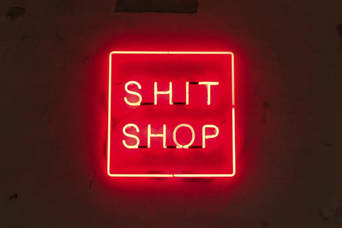 No shit! There really is a Shit Museum in Italy... the Museo della Merda. It was in 2015 that Gianantonio Locatelli founded the "museum" in Lombardy along with his associates: Luca Cipelletti, who manages its projects and products, Gaspare Luigi Marcone and Massimo Valsecchi. The idea came into being in Castelbosco, in the province of Piacenza (just south of Milan) on a farm which makes milk for Grana Padano cheese and includes seven production units. Here every day 3,500 specially selected cows produce around 50,000 litres of milk and 150,000 kilos of poop. 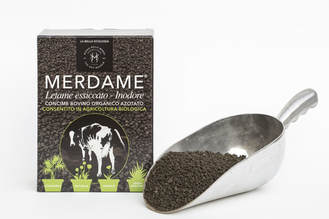 Letame Essciato - Dried Manure fertilizer Letame Essciato - Dried Manure fertilizer The future-thinking Locatelli wanted to turn all this excrement into something useful with his ecological, productive and cultural scheme. Using highly innovative systems, electrical energy started to be produced from the manure. Today the farm produces up to three megawatts per hour! The buildings and offices of the farm are heated exploiting the warmth given off by huge processing tanks called Digestori (digesters) turning the manure into energy. The process also produces fertilizer offered for sale under the name MerdaMe (Shit me). All these activities have drawn attention from various international institutions concerned with ecology and innovation, leading to widespread recognition and prizes, and making Castelbosco a point of reference. 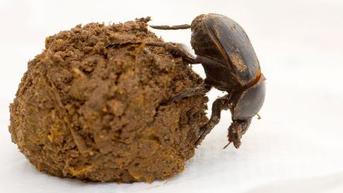 Locatelli began to gather together friends and artists, leading him to the idea of the Shit Museum. The Museum itself might be called a canvas onto which artists create... the Digesters themselves transformed into a bright colored landmark in the area. The idea for a new museum slowly took shape, emerging from manure to deal with the broader theme of transformation. The museum would be an agent of change which, through educational and research activities, the production of objects of everyday use and the gathering of artifacts and stories concerning excrement in the modern world and throughout history, was to dismantle cultural norms and prejudices. The first stage of the project was carried out in April 2015 with the inauguration of the exhibition spaces of the Museum, in the rooms on the ground floor of the company premises, located within the medieval castle of Castelbosco. The museum is a blend of aesthetic, scientific, human and animal experiences, both modern day and historic. The concept is that shit is a useful and living material. The symbol and mascot of the Museum is the dung beetle, considered divine by the Egyptians (and symbol of the Museum itself), to the use of dung in architecture, from ancient Italian civilizations to those in Africa, via historical-literary works such as Pliny’s Naturalis Historia. Right up to the latest scientific research and works of art drawing on the use and reuse of waste and discarded materials, the Museum is a contemporary cabinet of curiosities which finds its main guide in the science and art of transformation. 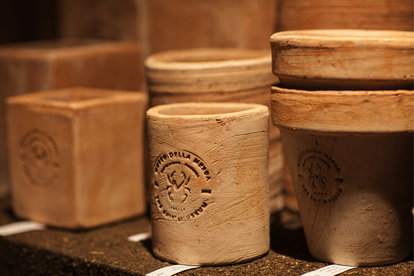 Museum Activities Right from the start, the Shit Museum was designed to be a production center not only of ideas and exhibitions, but also of objects and projects. The implementation and patenting of the Merdacotta® brand sums up the principle of sustainability. The poo is mixed with clay and gives shape to the first products to bear the Museo della Merda brand: vases, flowerpots, tiles, plates, bowls, a jug and a mug in simple, clean, rustic shapes, harking back to ancient principles. The ‘primordial products’ of the Museum were presented for the first time during the 2016 Salone del Mobile, in an exhibition which won the promoters Cipelletti and Locatelli first prize in the Milano Design Award. The motivation given was as follows: “for the development of a process of great complexity and innovation, capable of destabilizing common perceptions. The educational itinerary breaks down all the commonplace stereotypes and offers a censorial experience, one which promotes a new vision of the culture of the project.” Museo della Merda
Frazione Campremoldo Sopra Loc. Castelbosco 29010 Gragnano Trebbiense (PC), ITALY To Make an Appointment: [email protected] For information: [email protected] |
On AMAZON:
|

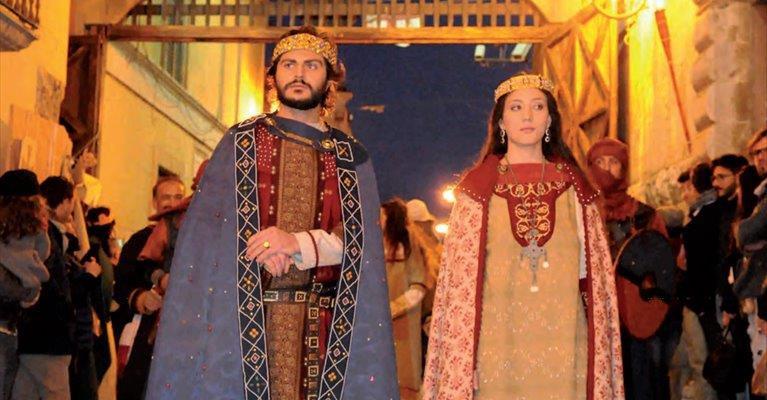
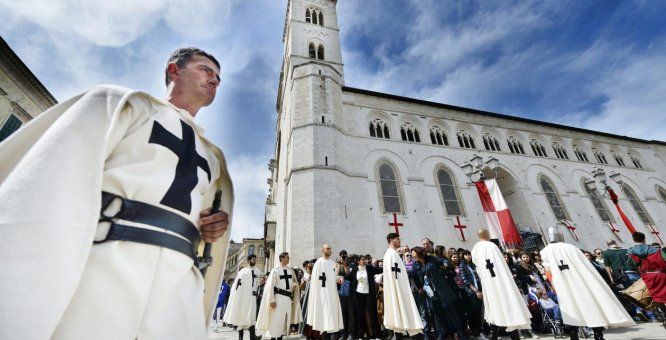

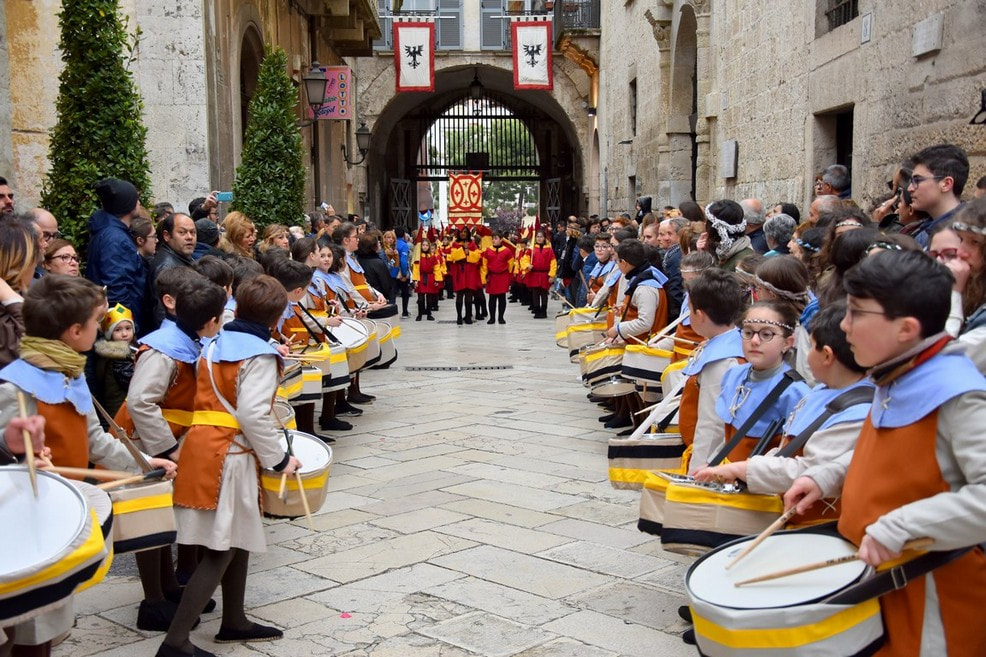
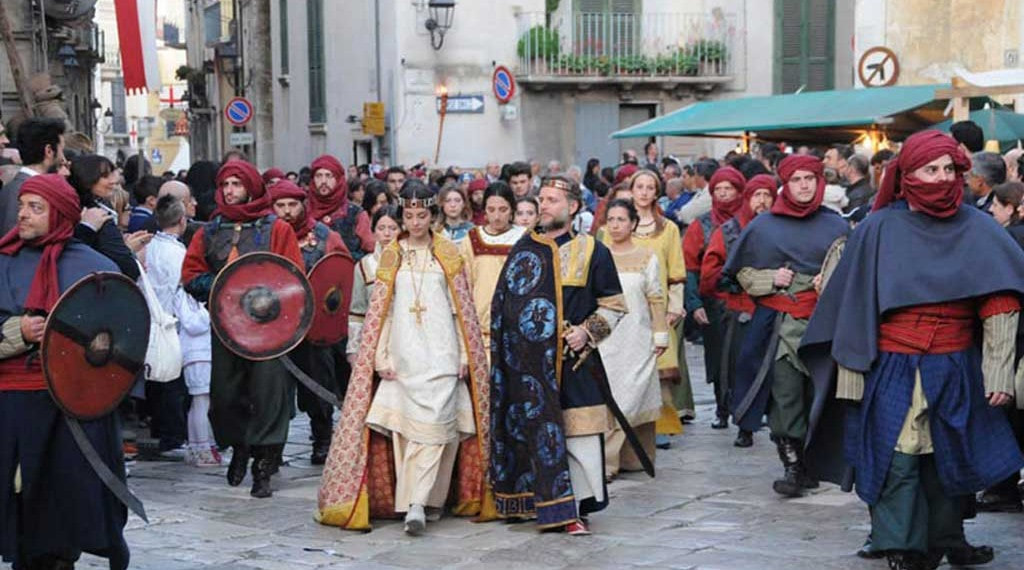
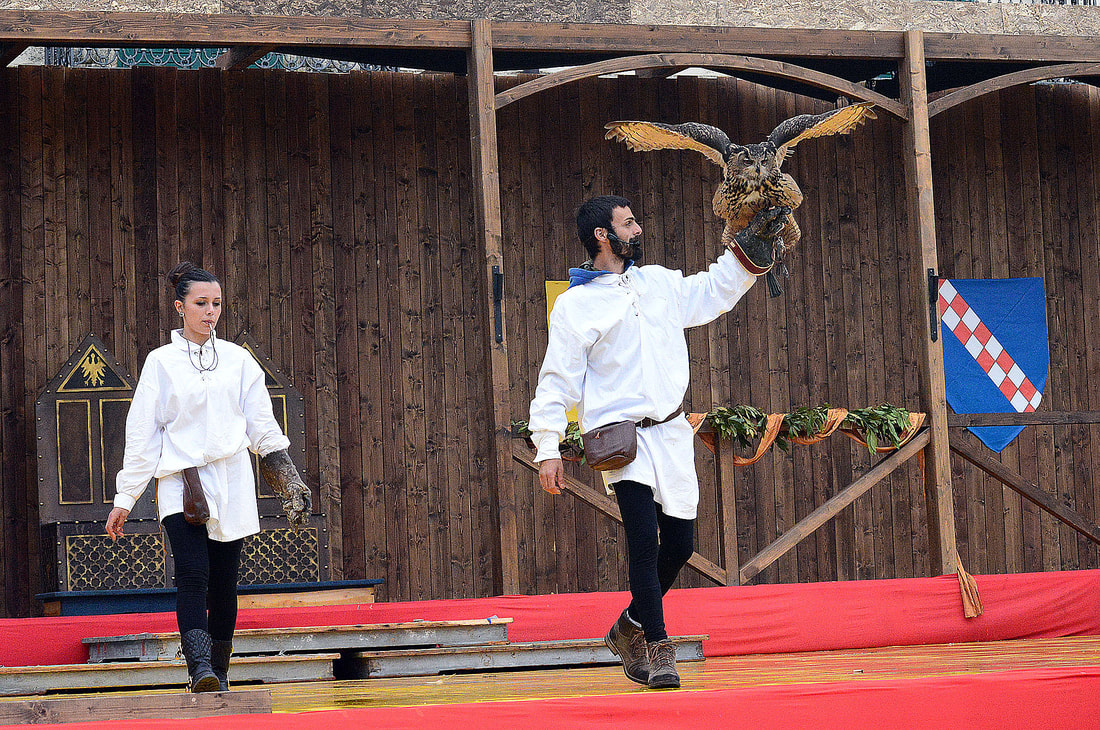
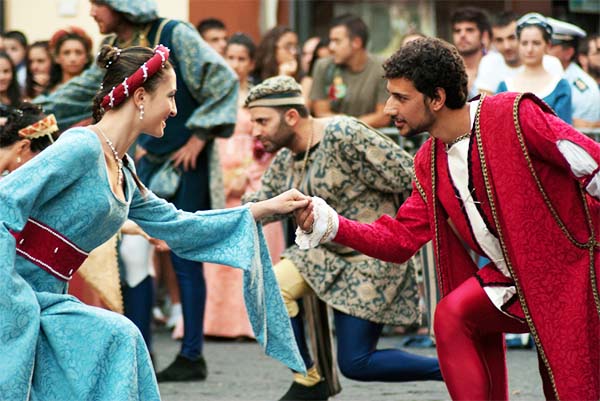
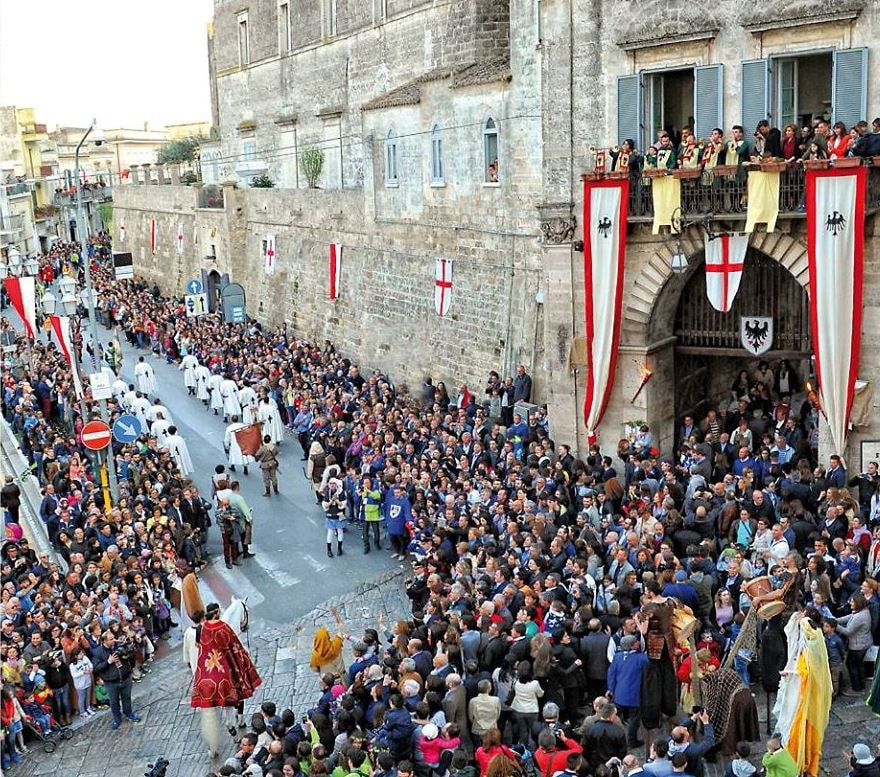
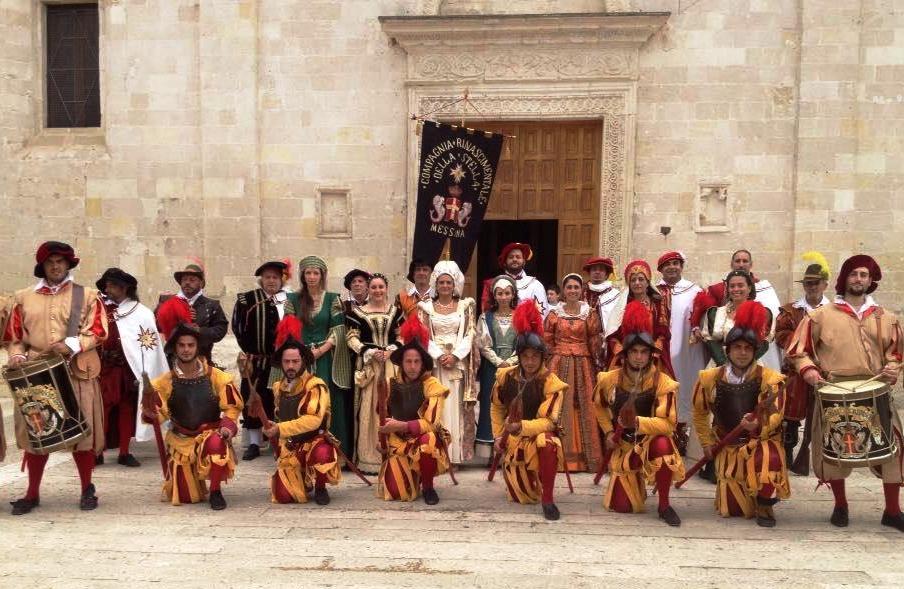
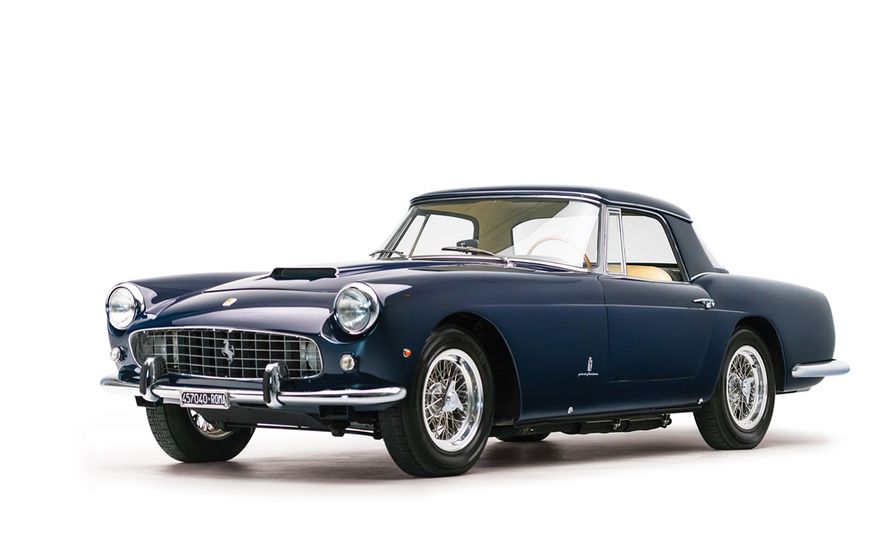

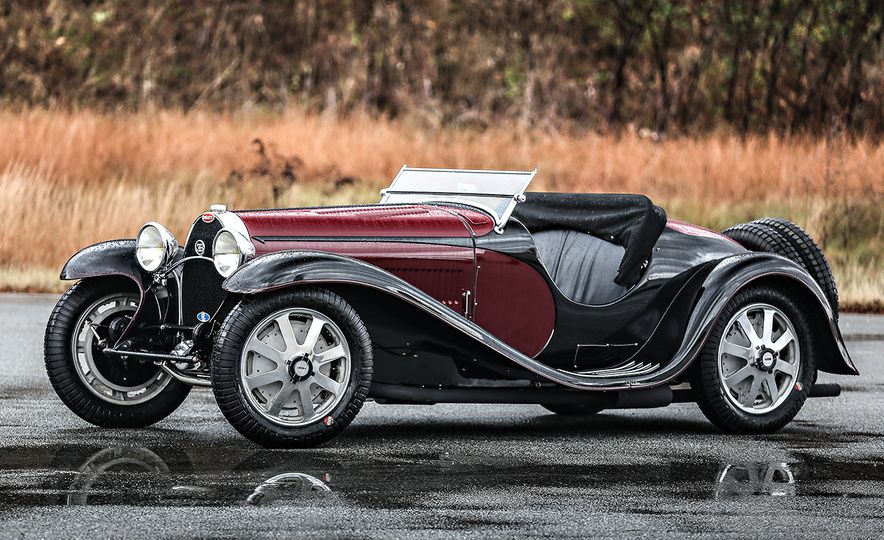
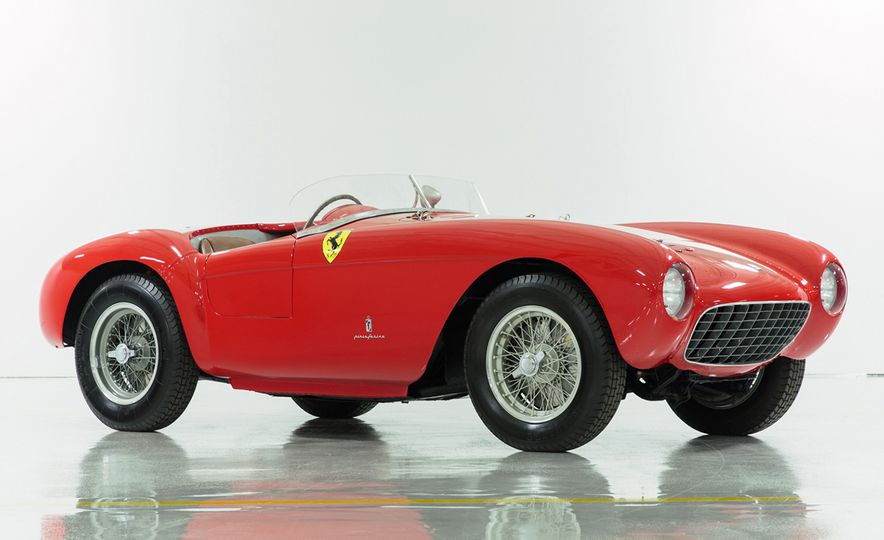
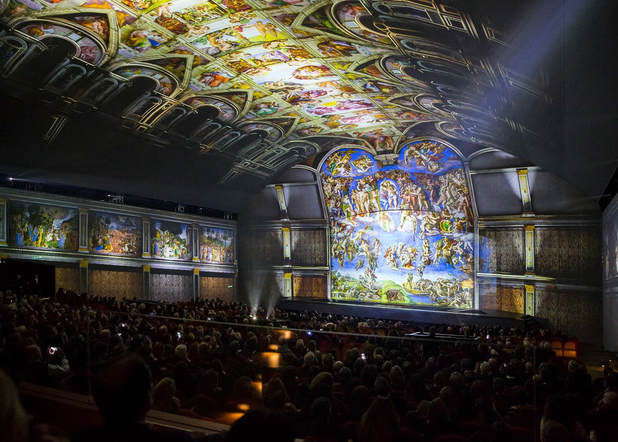
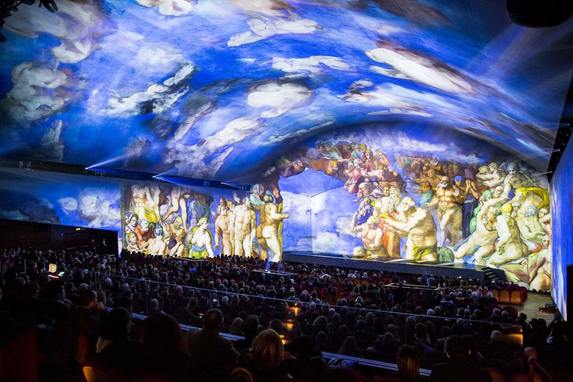

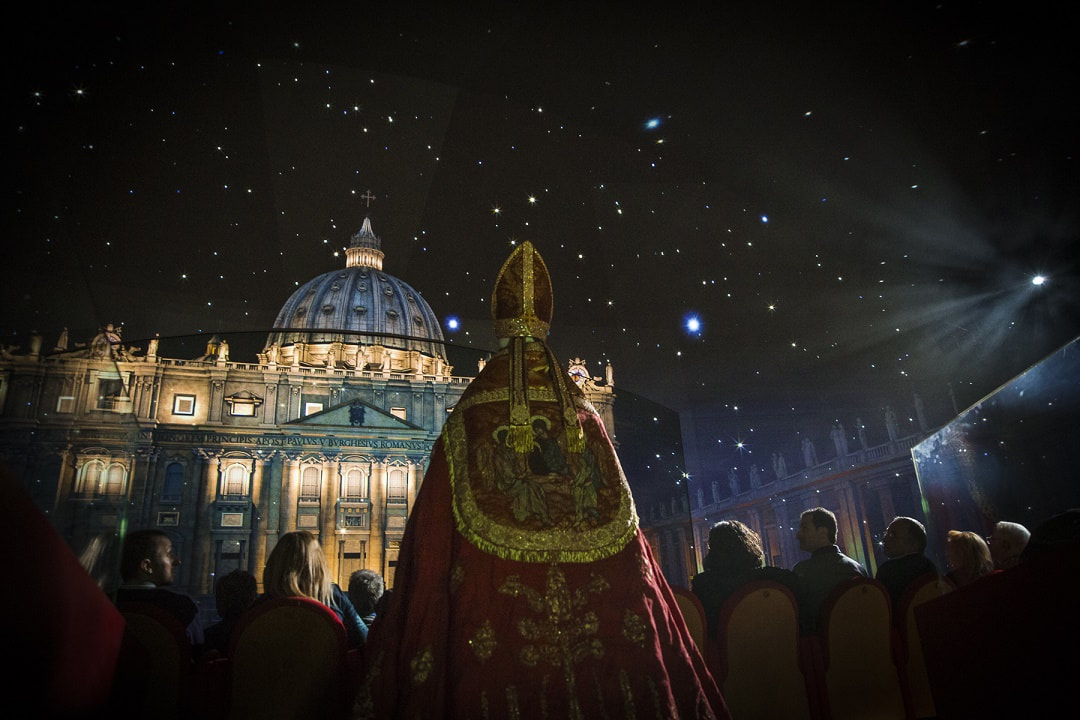
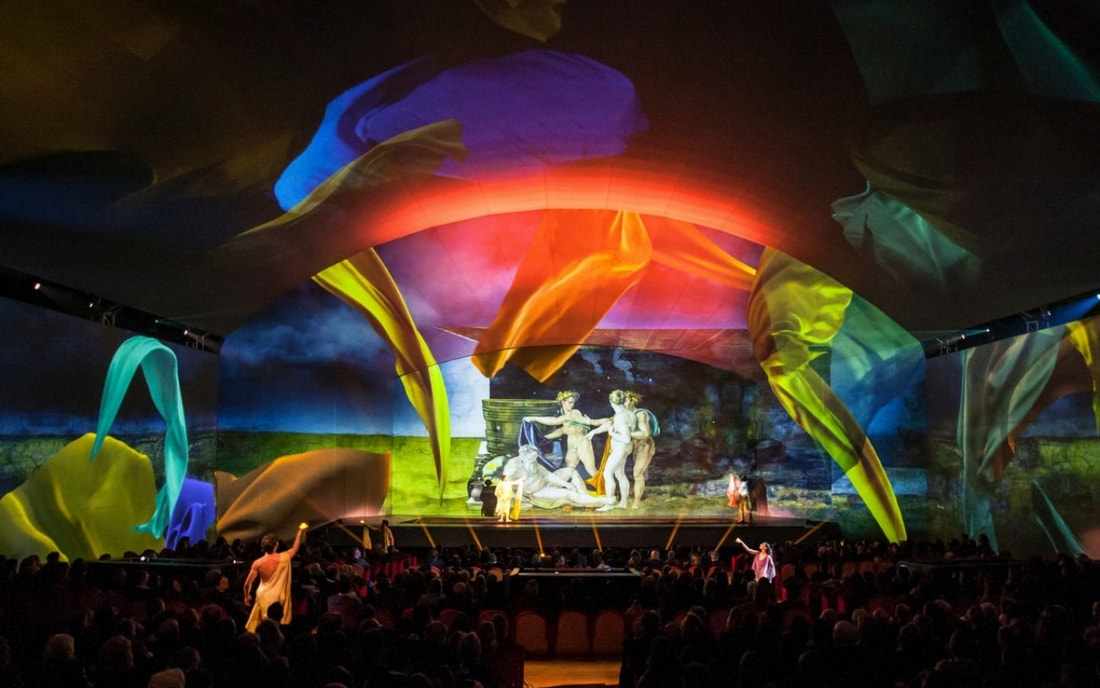
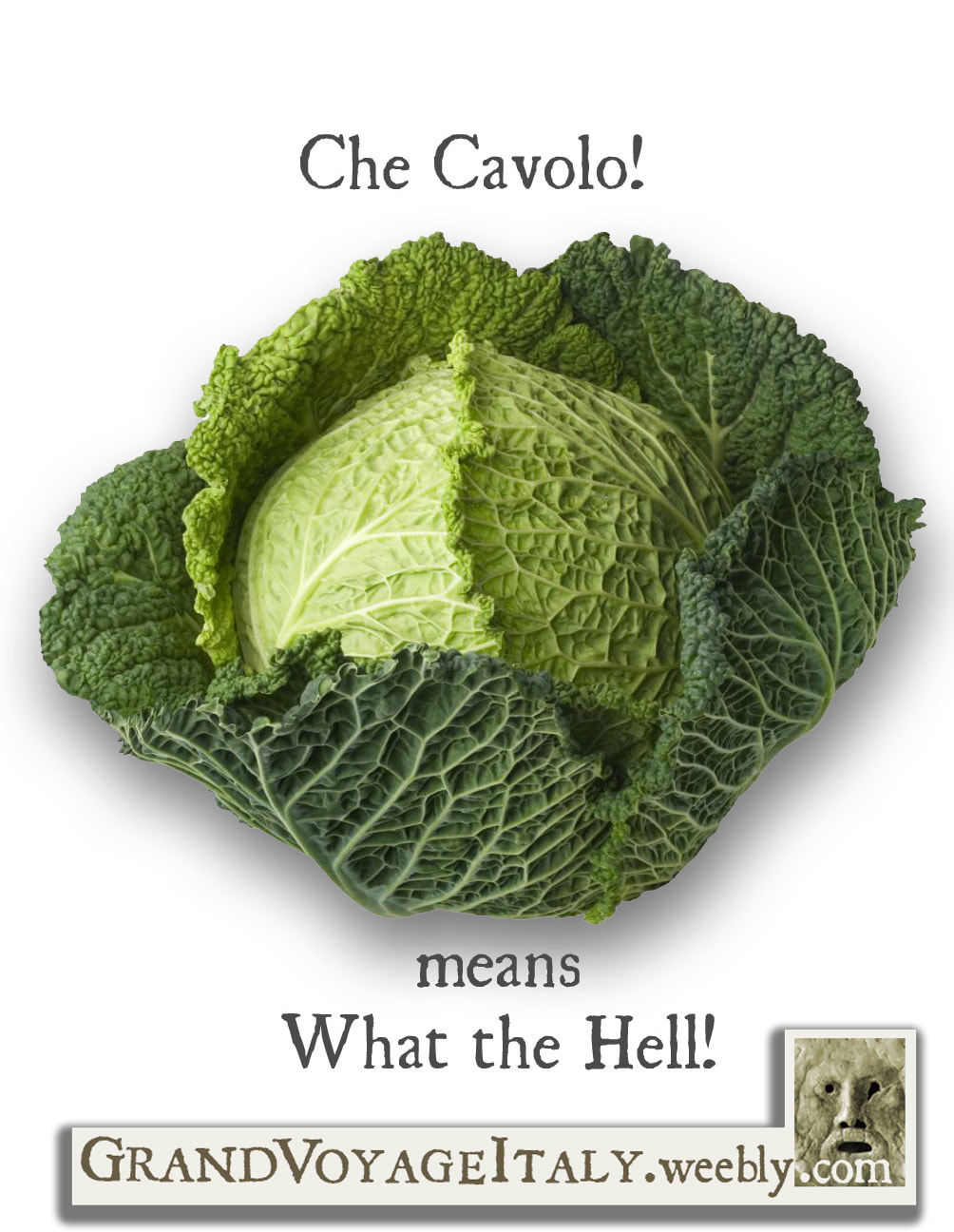

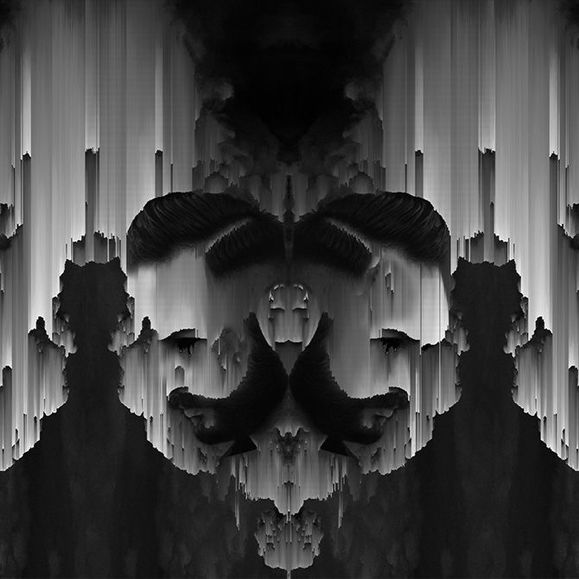
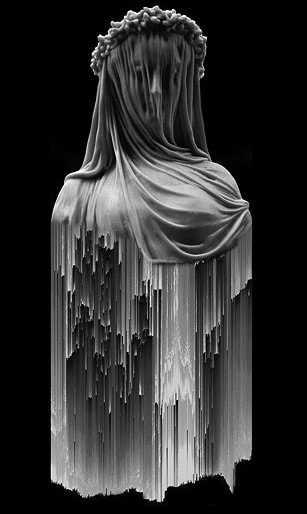
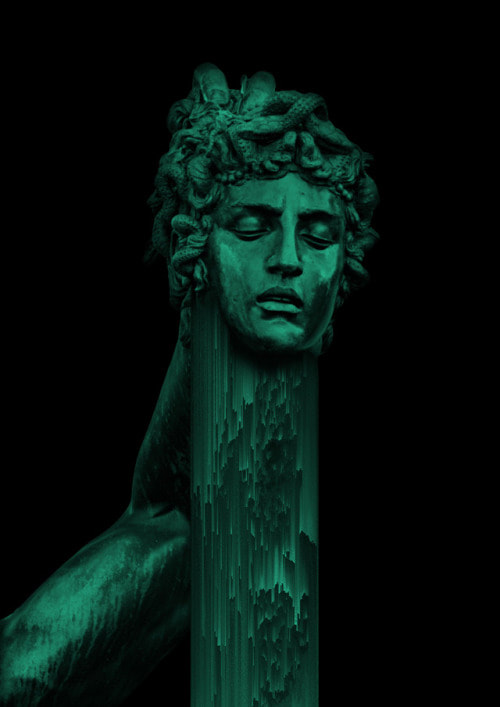
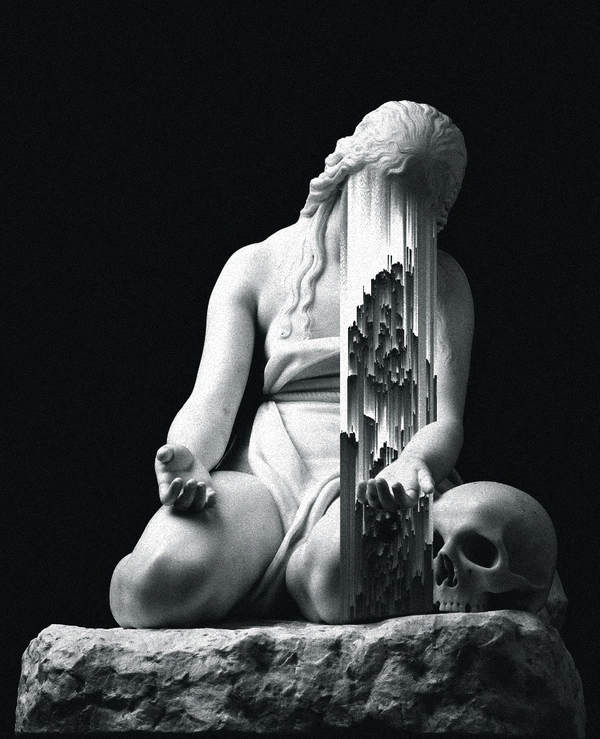
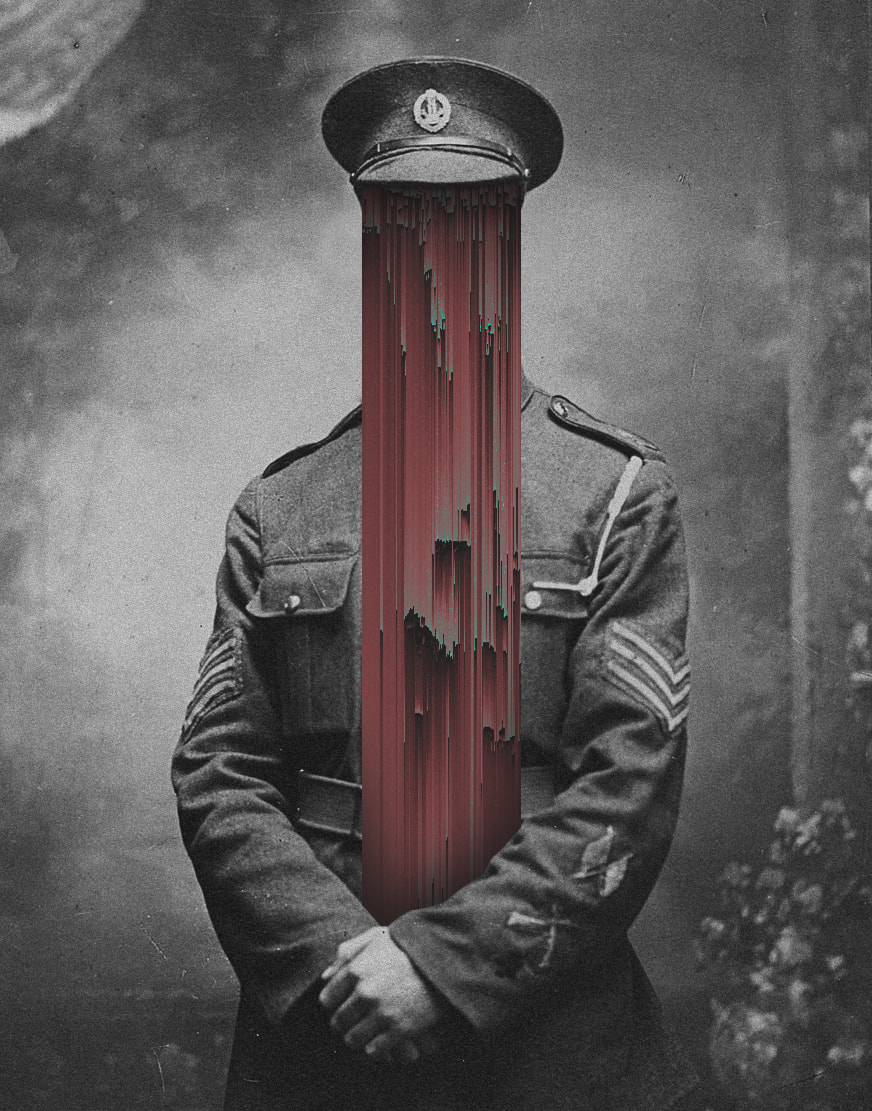
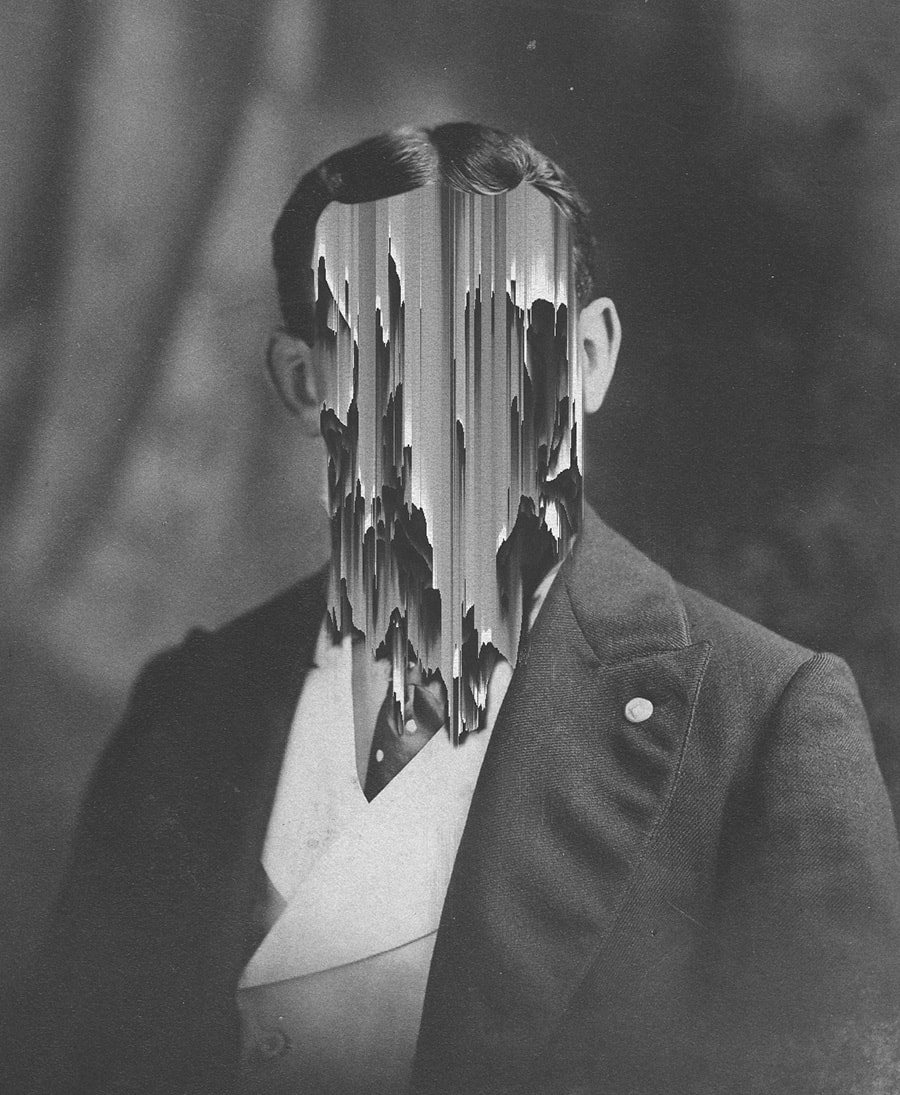
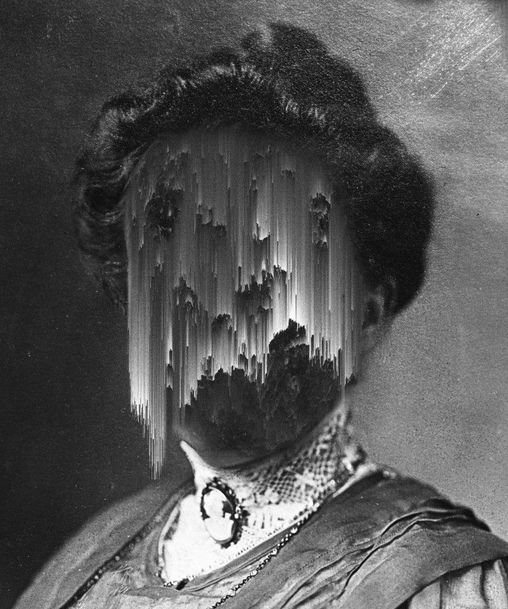
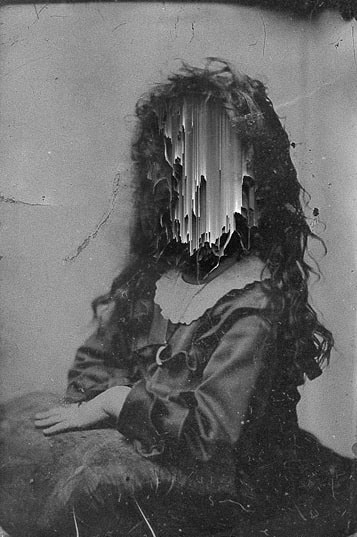
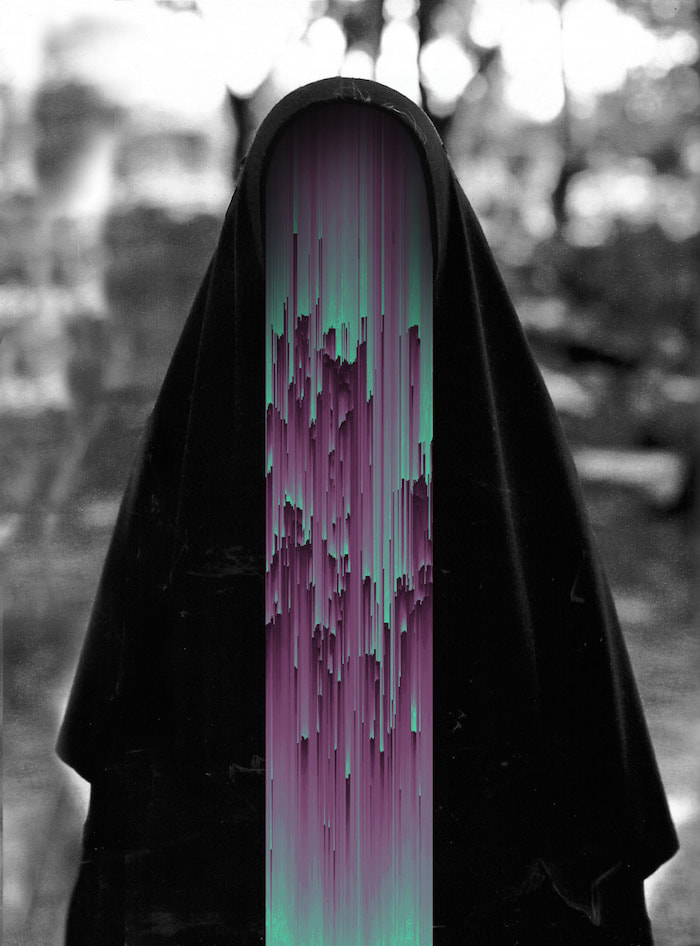
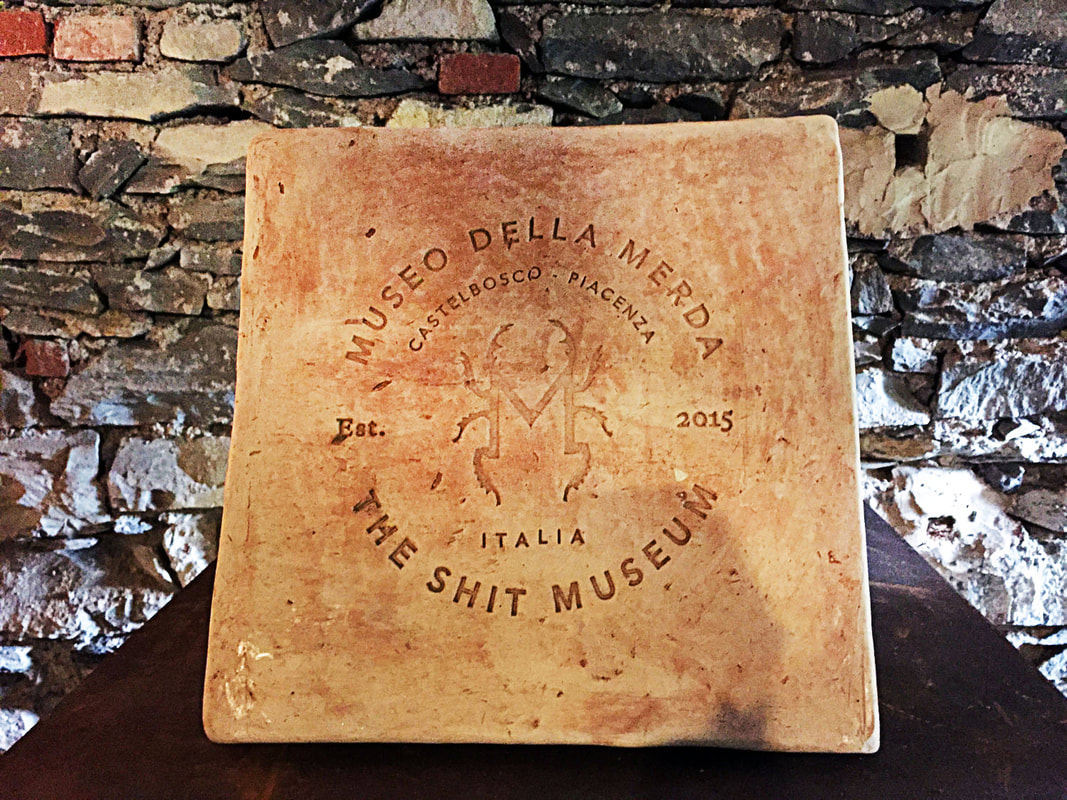
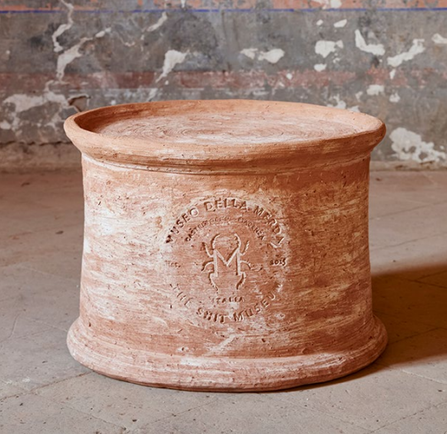
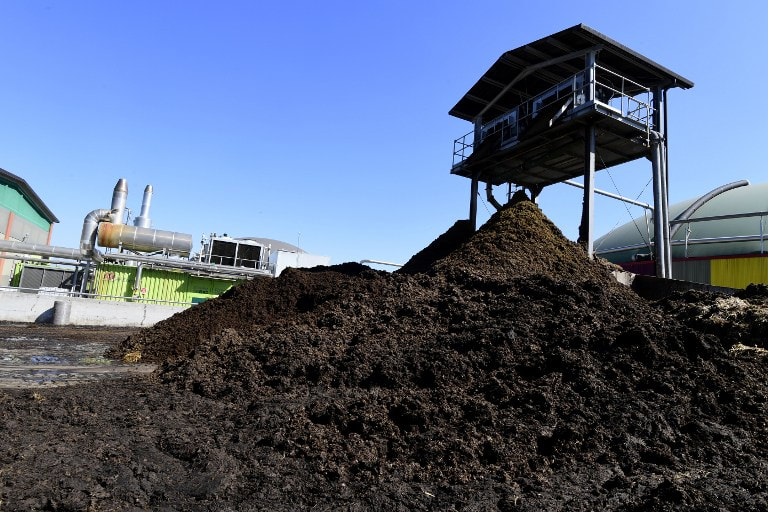
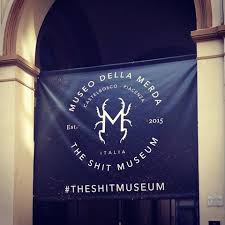
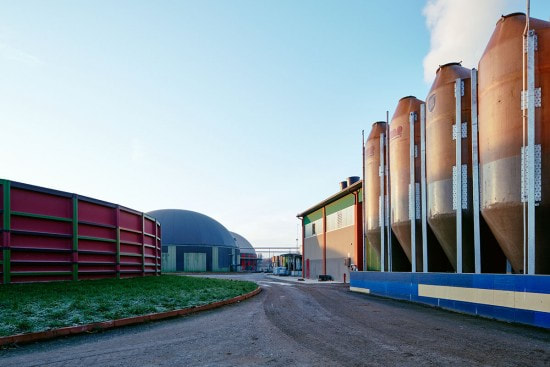
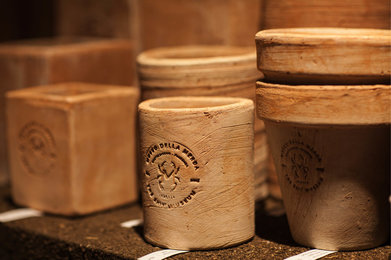
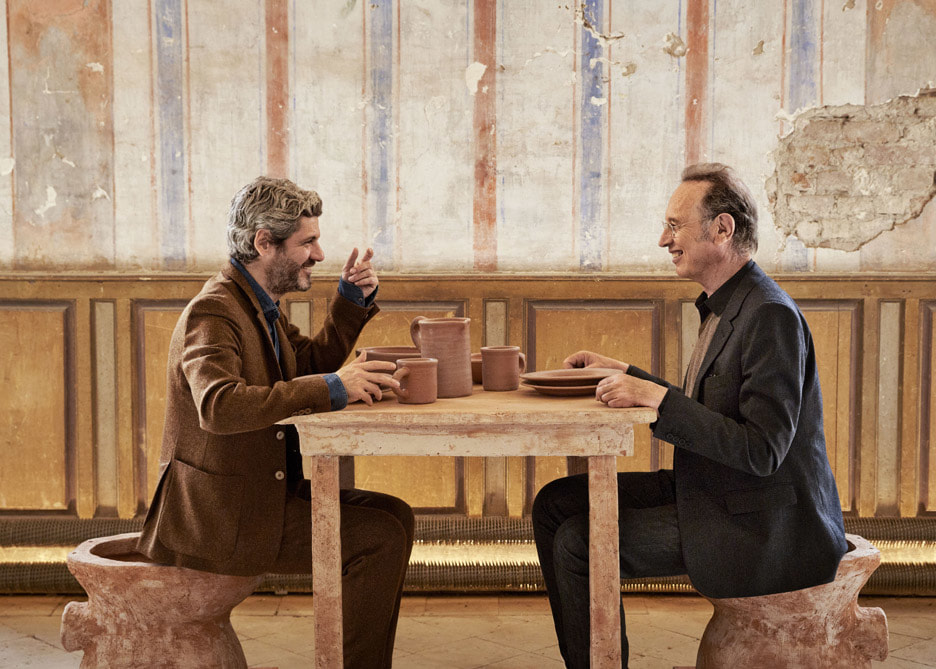
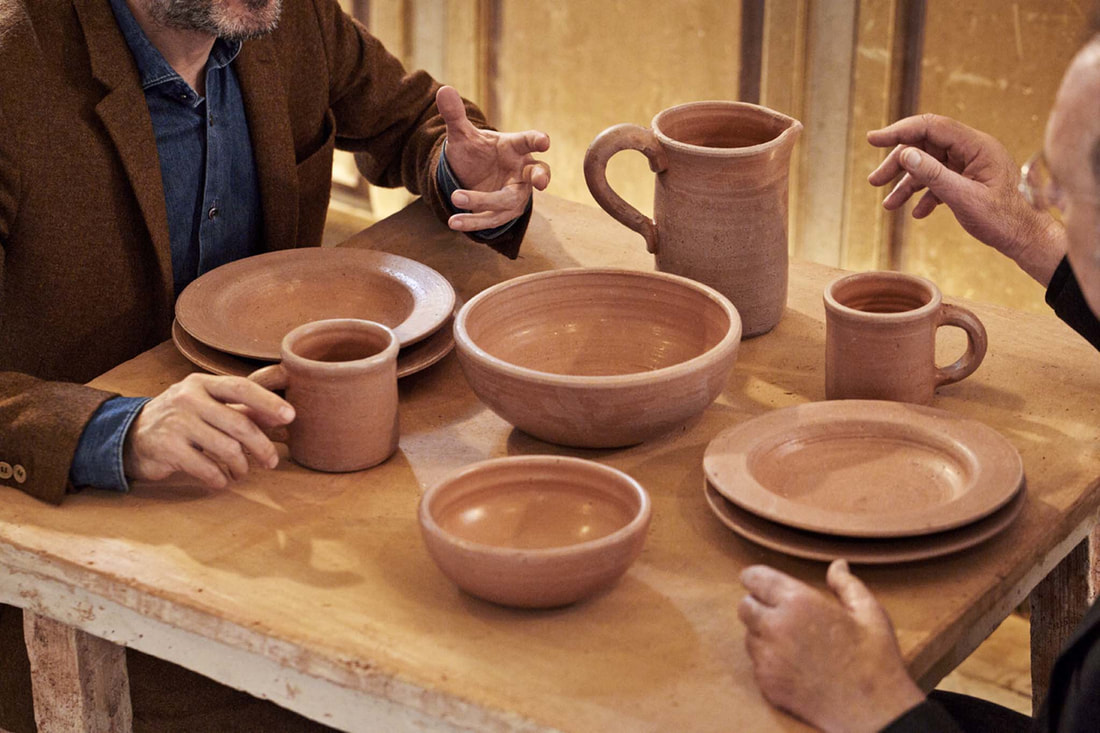
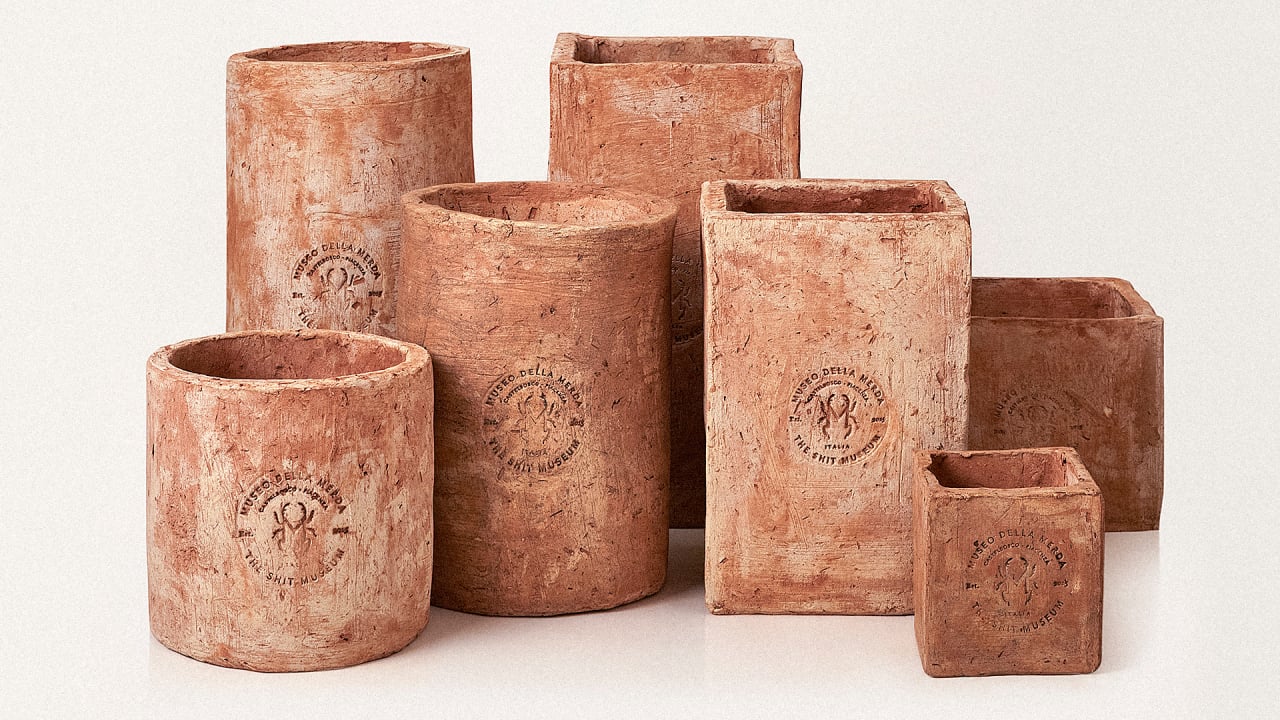
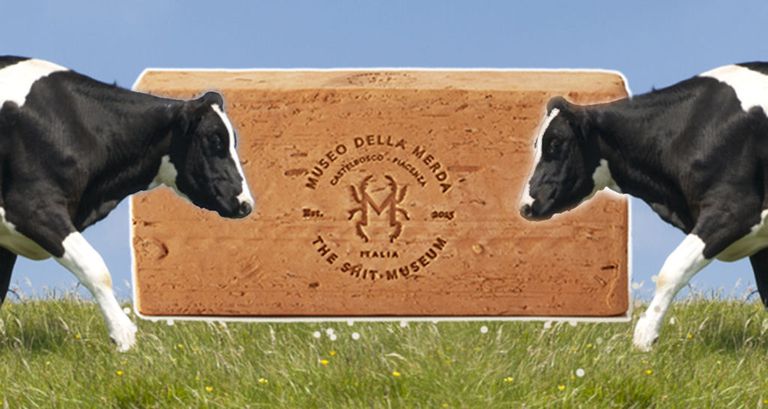
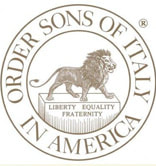
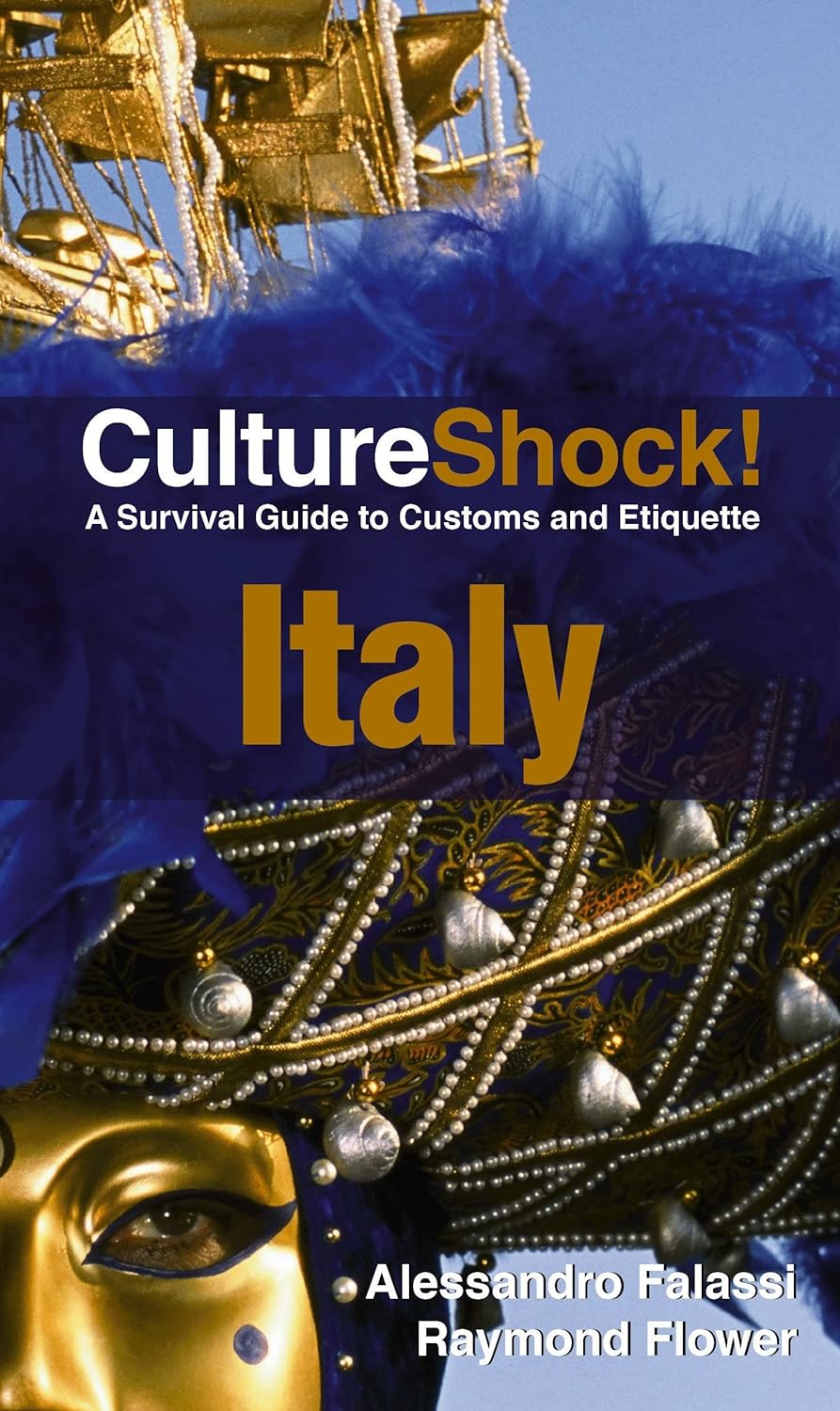
 RSS Feed
RSS Feed

